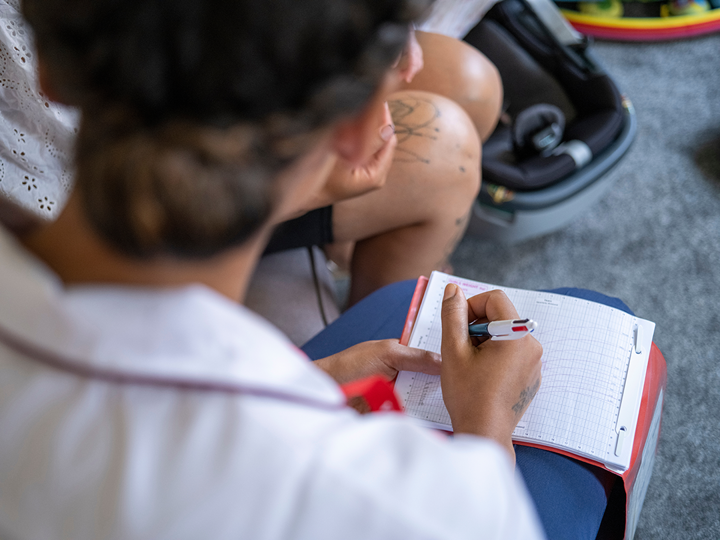Developing your child's cutlery skills
- 1-5 Years
- 5-11 Years
- SEND
- Feeding and eating
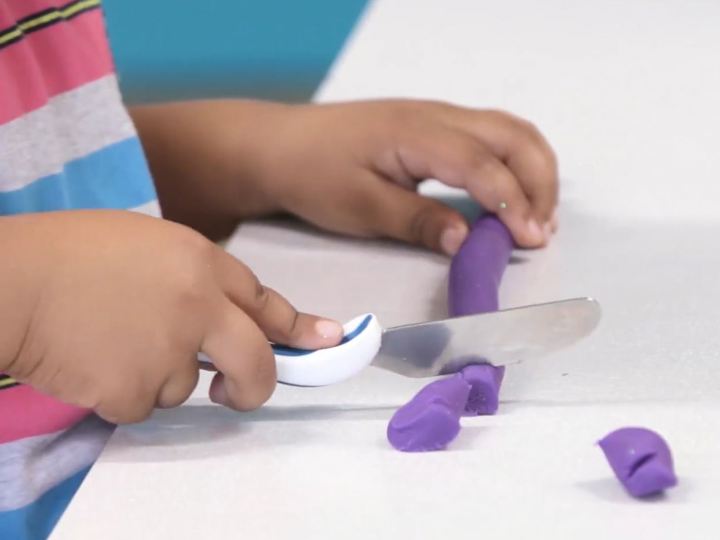
Learning to self-feed requires a complex range of skills that develop over time. It's common for children to find it hard to learn to use cutlery and to stay clean whilst eating. Encourage your child to practice regularly and give them lots of praise.
Activities to do before using cutlery
After your child has mastered the basics of self-feeding they may start to develop their skills by using cutlery and drinking from a cup. Some children can find these skills harder to learn, and it might take a little while.
When your child eats using cutlery, they are using their hand skills (also known as fine motor skills). The hand skills your child uses when eating with cutlery are:
- crossing the midline
- hand strength
- using both hands together
There are a number of activities and games you can play with your child that will help develop these skills. Read our information on hand skills.
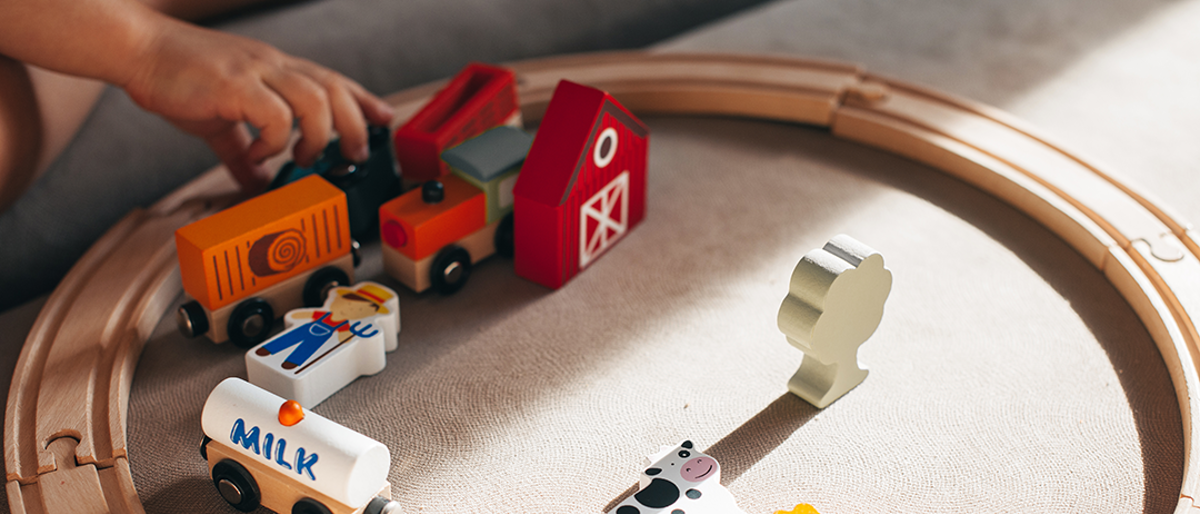
Crossing the midline is when someone moves their arm or hand from one side of the body to the other. For example, left hand to right shoulder or right hand to left knee. This is important when using cutlery.
Examples of activities that encourage your child to cross their midline:
Playing beanbag games - Playing games such as taking the beanbag off their opposite shoulder and throwing it. You could also play games where they need to pick up a beanbag from the opposite side. These games can be played
Playing pass-the-parcel - Games like pass the parcel are great for cross body movement as you need to move the parcel from one side of the body to the other.
Playing 'Simon says' - Encourage your child through playing 'Simon says' to cross their body with their arms such as "Simon says... touch your ear with your hand! Simon says... touch your ear with your other hand!"
Racing cars or trains around an 8 figure track - Sit your child in front of the track. The 8 should be on it's side so it looks like an infinity symbol. Encourage them to race the car or train around with one hand and then the other.
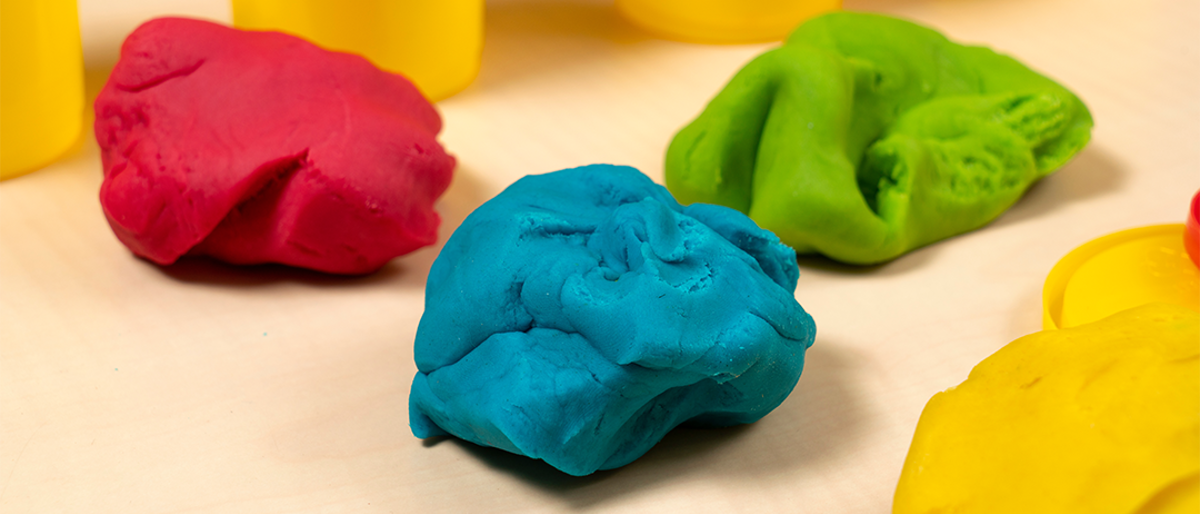
Developing your child's hand strength will be helpful for your child as they learn to use cutlery. You can do this by helping your child strengthen their use of their index finger and thumb.
Examples of activities that encourage your child to develop their hand strength:
Playing with squeezy toys and water squirting toys - Using things like spray bottles or squirty toys can help your child develop strength in their thumb and index finger.
Playing with smaller hole-punchers - Small hole-punchers can help your child's hand strength. The hole-puncher should be usable with one hand. There are many types of hole-punchers with different shapes such as hearts or stars. You could include this as part of an arts and crafts project.
Playing with playdough - There are lots of ways to play with playdough. Encourage your child to squash the playdough with their hands, index finger and thumb. They can also pinch the playdough between their index finger and thumb. Using tools with the playdough like cookie cutter shapes or garlic presses are also a great way to improve hand strength. Avoid using a garlic press used for food preparation.
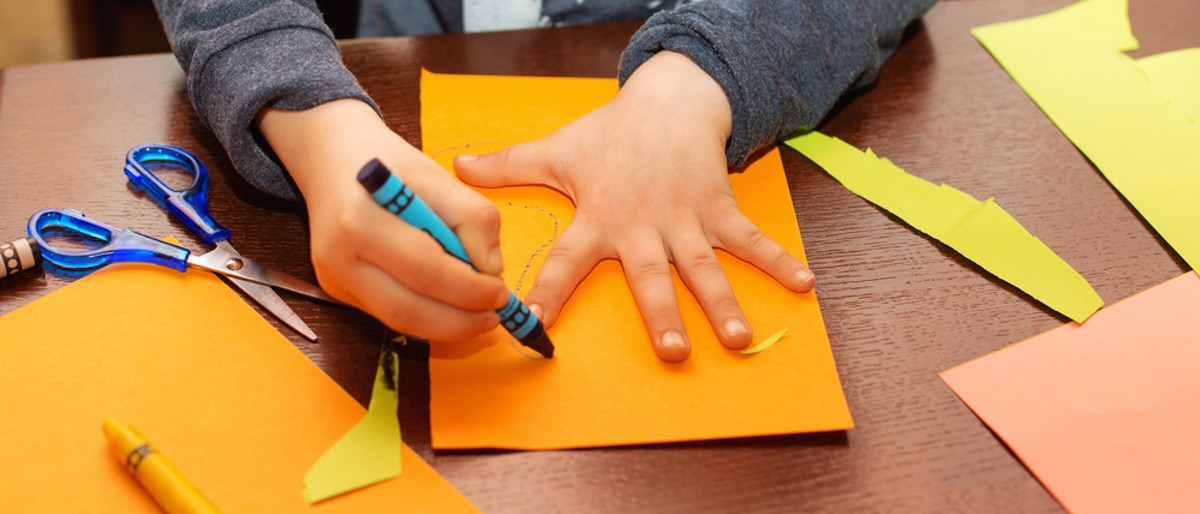
Using both hands together is also known as ‘bilateral coordination’. This can be a difficult skill to learn as each hand has a different task to do.
Examples of activities that needs to use both hands together are:
Hand clapping games - These are games that involve hi-fives and clapping like 'pat-a-cake', 'a sailor went to sea' or 'double this, double that'. This type of game is often used in playgrounds.
Drawing around themselves or stencils - There are lots of arts and crafts activities that involve stencils and drawing around hands. Try to encourage your child to hold one hand still and draw around it with the other hand. If they are using a stencil, they should hold the stencil with one hand and the pencil or crayon in the other hand.
Playing with playdough - Encourage your child to roll out playdough using a rolling pin. They can also make sausage shapes by rolling the playdough between both hands.
Playing with construction toys and building blocks. Play with your child building towers and buildings together.
Getting started with cutlery
Now your child is comfortable with using both their hands independently, you can begin to do activities involving cutlery.
You will need to make sure that the knife, fork and spoon are appropriate for your child. If holding cutlery is difficult, your child can use thicker cutlery such as ergonomic cutlery. The thicker cutlery will be easier for your child to hold.
How to hold cutlery
Encourage your child to hold their knife and fork with their hands pointing down towards the plate. Their index fingers should point down the back of the knife and fork towards the prongs or blade
It may help to place a visual picture next to their place mat to help remind them. Or try marking their cutlery with a sticker or pen to help prompt them where to place their index fingers.
Tools and equipment that can help
There are lots of different tools and equipment that can be used to help your child with their cutlery skills.
Non-slip or anti-slip mats - It's harder to learn if the plate is sliding around. You can use a non-slip surface or mat to help stop the plate from moving.
Easy grip or ergonomic cutlery - These are designed to be easier to use. They are designed with thicker handles to make it easier for children to hold. Some easy grip cutlery will have reminders for where your child can place their fingers.
Plate guards - If your child is older and finding it hard to scoop using a spoon or fork, a plate guard can be used. Alternatively you can try using plates or bowls with higher sides to make this easier.
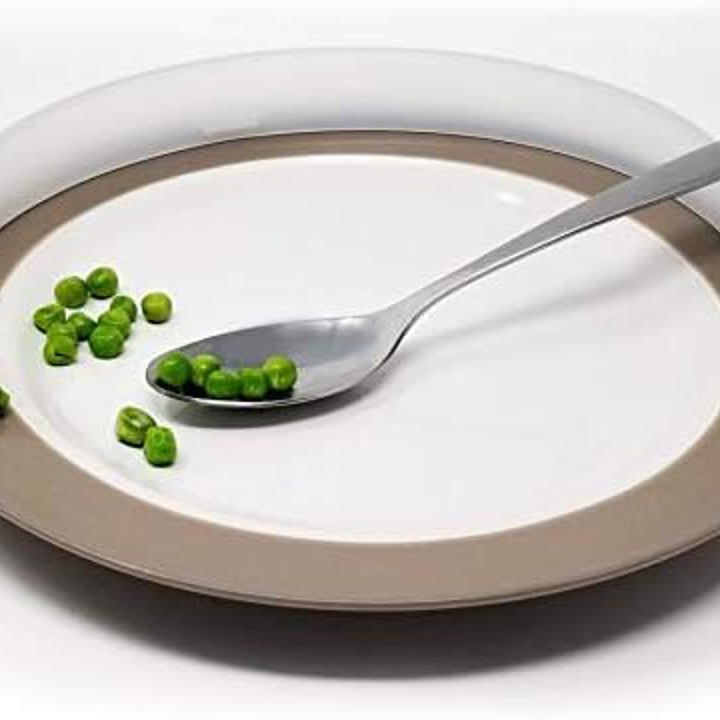

Activities to help your child get started with cutlery
You can encourage your child to practice their cutlery skills. The first step is to encourage them to play with the cutlery to get used to them.
Try to do these activities when your child is not hungry.
You can encourage them to:
- use the knife and fork during play time - they could be cutting playdough
- scoop with a spoon when playing - this could be sand, water, dried beans etc.
Video of child using thicker cutlery (also known as ergonomically designed cutlery).
To learn to take food off their fork, encourage them to practice scooping dried peas, rice or balls of playdough using cutlery and transferring them into another container. This will help to develop their control along with hand-eye coordination.
Using cutlery on food
Keep practicing the cutlery skills with your child whilst they are not hungry. You can keep using playdough.
You can move onto soft foods for them to cut. When your child is learning to use cutlery they will struggle to cut tougher foods like meat. Encourage them to prod with a fork and saw with a knife.
You can start with foods like:
- thick yogurt
- mashed potatoes
- bananas
- cooked vegetables like peas and carrots
- fish fingers
A way to encourage your child to use their cutlery is to cut half the food on their plate. This means they don't have to cut as much. As they become more confident and as their skills progress, you can cut up less food on their plate.
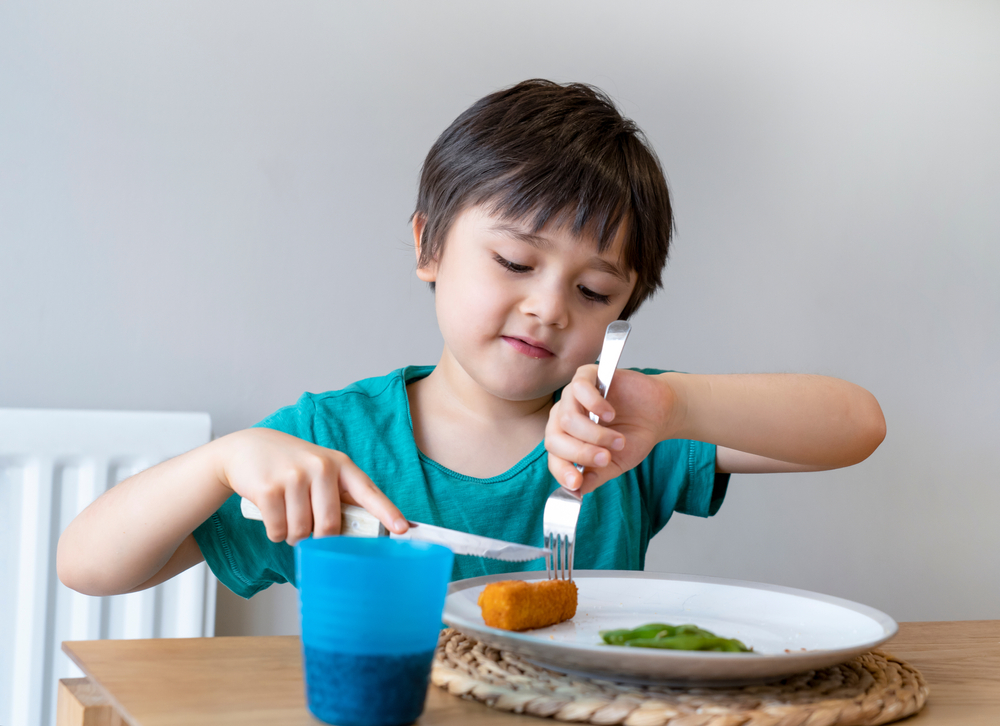
Building confidence
Help your child build their confidence using cutlery by steadily increasing the difficulty of the food they are a cutting. You can build up from soft foods like bananas and mashed potatoes to cutting putty or a piece of meat like a sausage.
You can also encourage them by asking them to help you cut up foods when preparing meals.
You will need to supervise your child at all times when using sharp knives.
Moving onto standard cutlery
When your child is ready, you can move onto standard cutlery.
To help your child remember where to put their fingers, you can add reminders This could be adding blue-tack or stickers to the cutlery.
Top tips
- Check the cutlery is the correct size for your child. If your child is struggling to hold the cutlery try using thicker cutlery or easy grip cutlery.
- You can try guiding your child’s hands to their mouth whilst they are holding the cutlery. This is called hand over hand.
- Use a non-slip mat under your child’s plate to prevent it moving.
- You can read story books about eating and drinking, play tea party games or sing songs about eating and mealtimes.
- Encourage your child to sit in a good sitting position at the table. Read our guidance on sitting position for eating and drinking.
Have you tried looking at our general advice?
Last reviewed: 1 November, 2024

